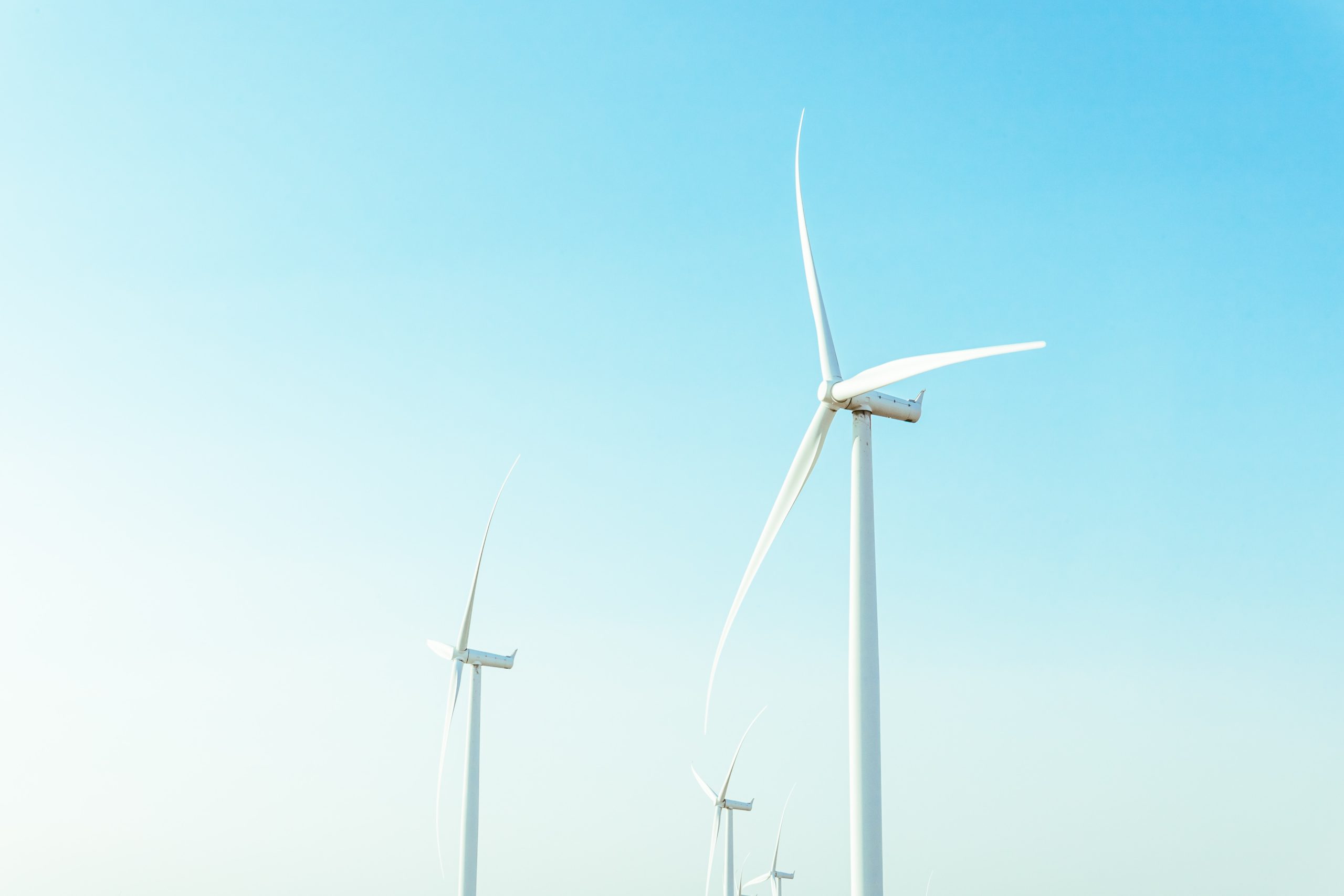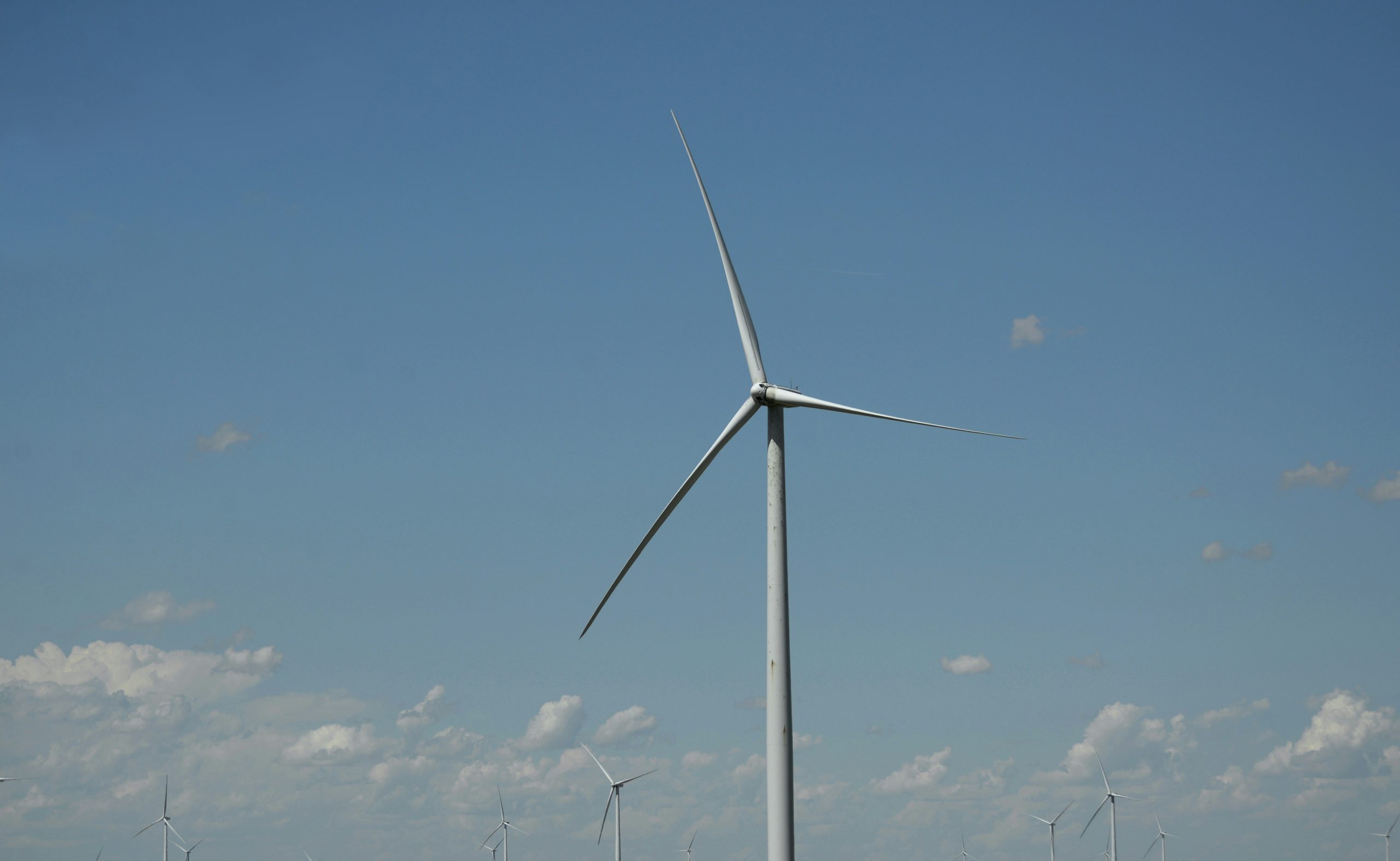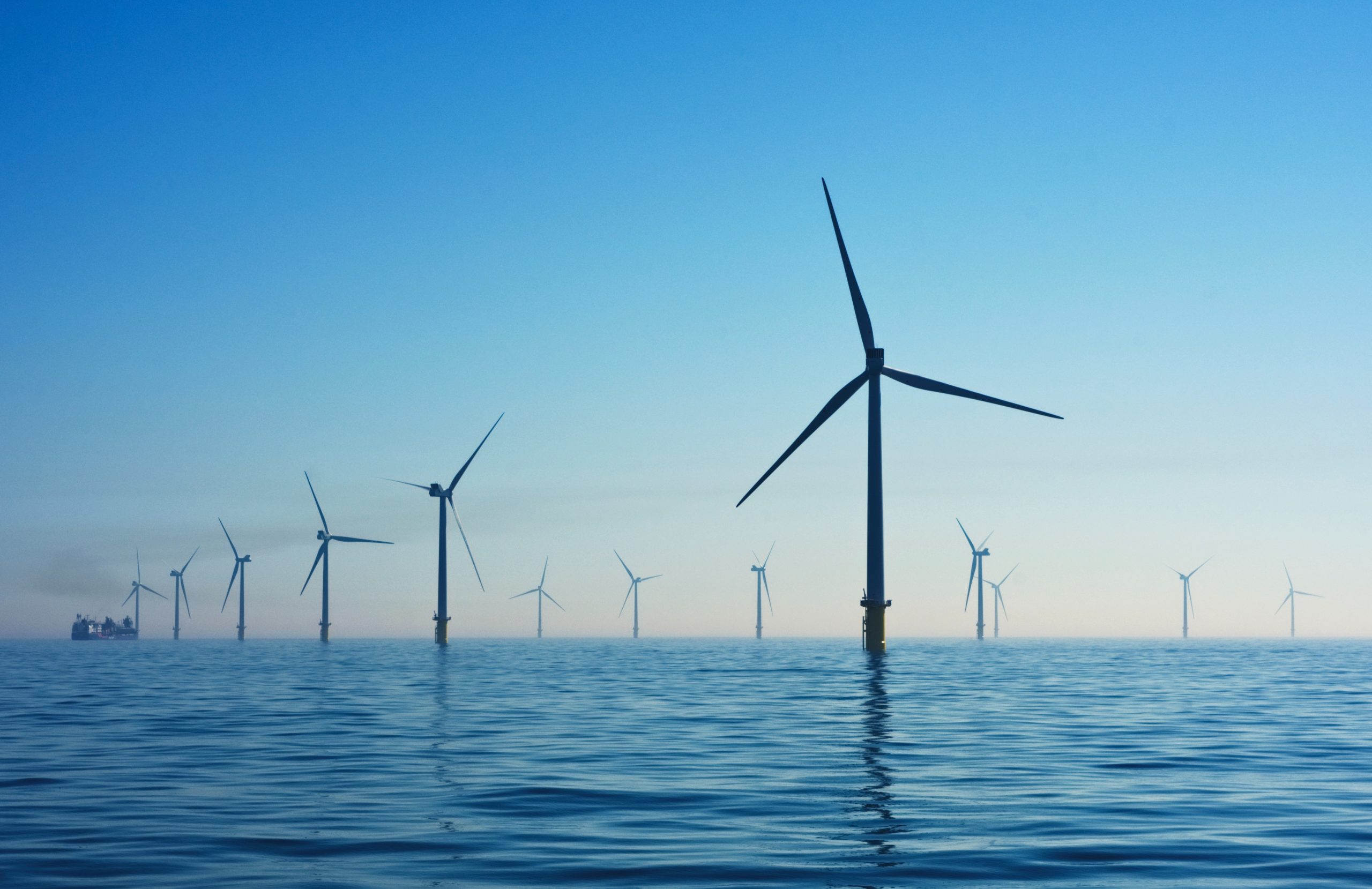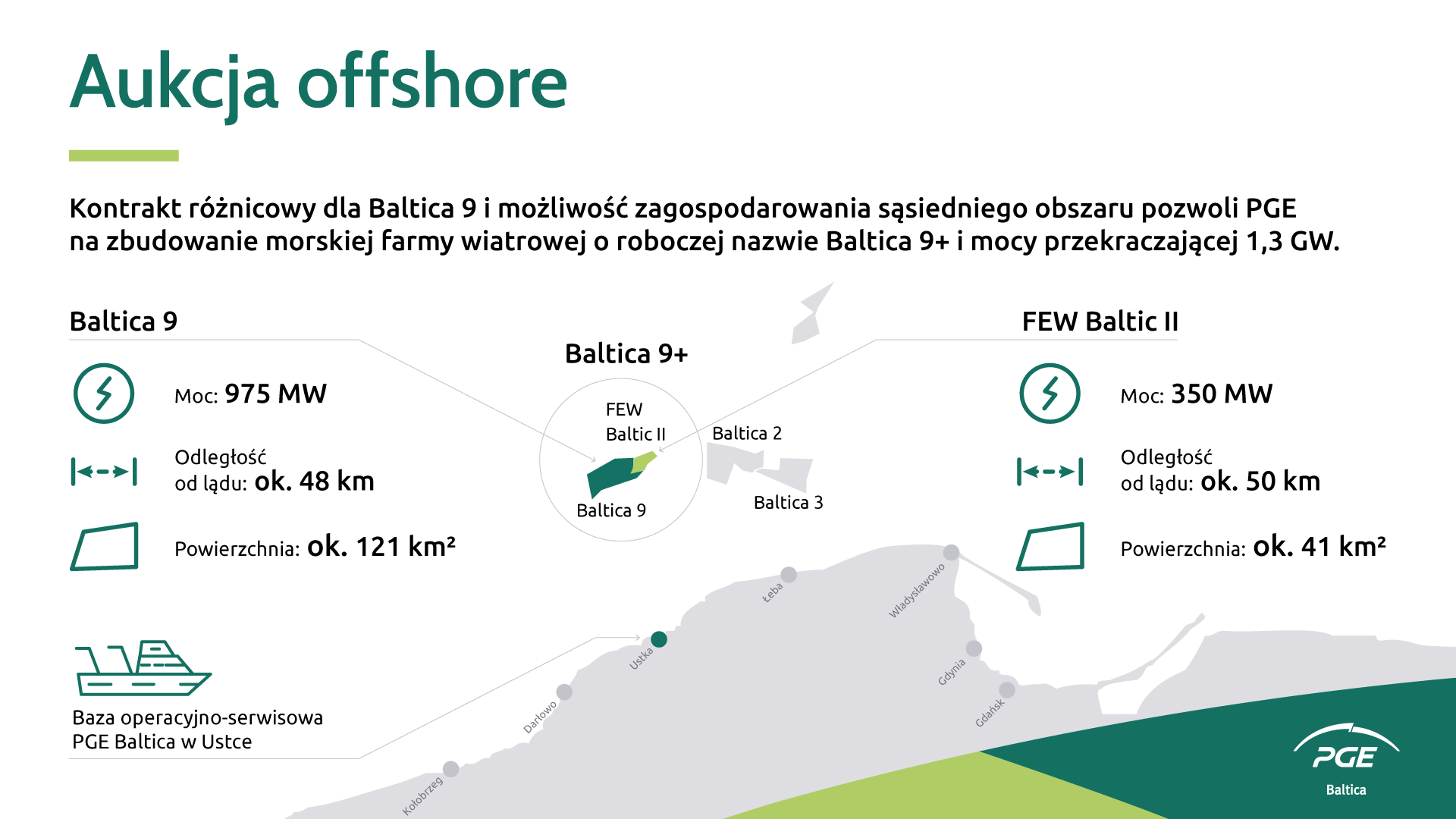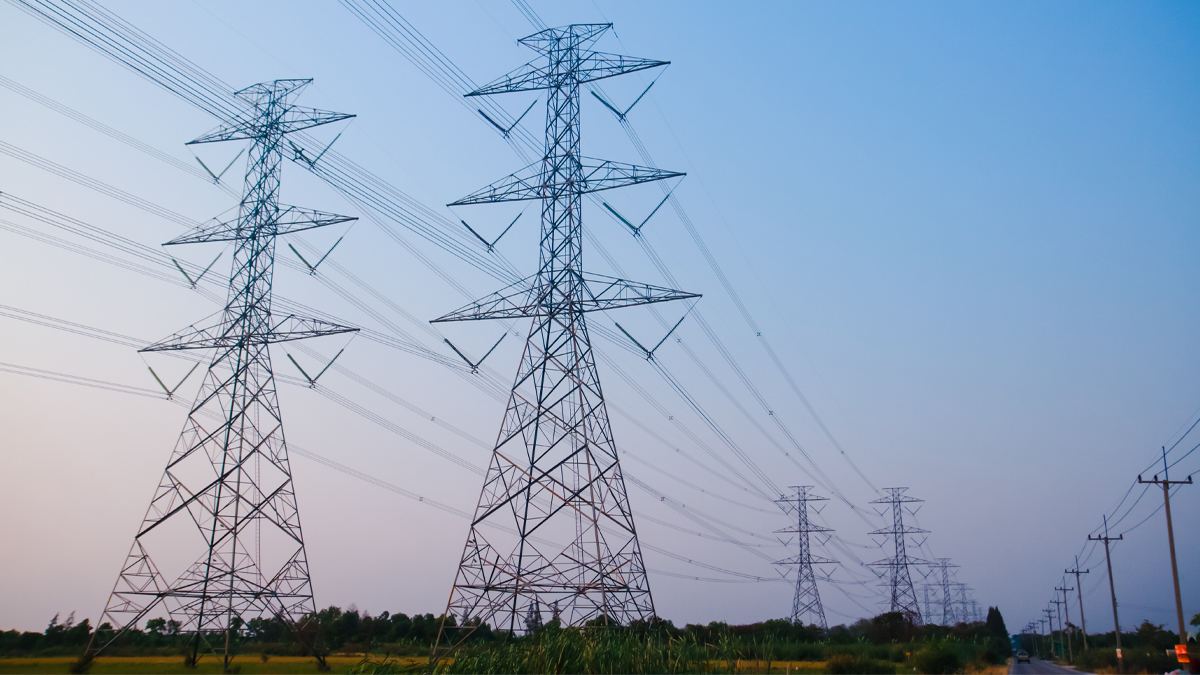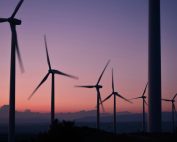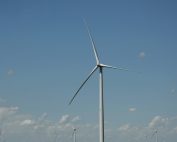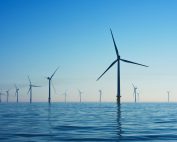The Danish Energy Agency has listened to some of the industry’s concerns about the tender for the upcoming six offshore wind farms. This is evident from the tender specifications, which are now available on the EU’s tendering portal. December is the deadline for bids for the three wind farms in the North Sea.
The developers of offshore wind farms must now calculate whether they can make a business out of placing wind turbines in the six tendered areas – and if so, how much they will pay the state for the licence to build.
– This is an incredibly exciting period we are entering. I hope that there will be good bids so that we can really get started on utilising the vast wind resources at sea. Overall, it’s a gigantic tender, and the derived opportunities in terms of growth and jobs are very large if the tenders go well, says Thomas Aarestrup Jepsen, Director of Renewable Energy Production at Green Power Denmark.
5 December this year is the deadline for bids for the three parks in the North Sea, and 1 April next year is the deadline for the Hesselø and Kriegers Flak 2 parks.
– The Danish Energy Agency will endeavour to screen the bids as quickly as possible so that hopefully they can announce the winners in the North Sea before the bid deadline in the inland waters. ‘We have just emphasised that it is important to find a winner as soon as possible so that the developers know whether they have won the North Sea before they submit bids for the other parks, says Thomas Aarestrup Jepsen.
– Overall, it’s a gigantic tender, and the derived opportunities in terms of growth and jobs are very large if the tenders go well, as pointed out by Thomas Aarestrup Jepsen, Director of Renewable Energy Production at Green Power Denmark.
All six offshore wind farms must produce power by the end of 2030. This is a very tight deadline. This is not helped by the fact that a number of other European countries have similar plans for wind farms to be completed by 2030. So there could be a battle for the delivery of wind turbines and the hire of the ships that will install the turbines at sea.
According to the tender criteria, developers can be delayed for up to four years before the government considers it a breach of contract and triggers a billion-dollar fine. However, developers must pay monthly fines if they are delayed, and the fines increase sharply after two years.
– Overall, it’s a good solution that has been reached. It ensures serious bids and progress in the construction of the offshore wind farms. Even though everyone is working to be ready in 2030, it also puts the developers in a better position if they can’t deliver the wind turbines on time or other bottlenecks arise, says Thomas Aarestrup Jepsen.
Green Power Denmark has always been concerned about the state owning 20 per cent of the offshore wind farms. This has not been tried anywhere else in the world, and it complicates an already complicated tender. However, some of the veto rights that the state planned to give itself have not been included in the final tender specifications.
– This is a clear improvement compared to the early stages of the market dialogue. It’s now up to the developers to figure out how they will make it work with the government as a co-owner. There will certainly be more questions in the coming months – but also more answers, says Thomas Aarestrup Jepsen.
Another major uncertainty factor for the developers is the connection to the future hydrogen pipe. It is crucial for the economics of the offshore wind farms that the electricity they produce can be partly used to produce hydrogen. This applies not only to the planted part of the farms, but also to the part that will be connected to the public grid. As things stand right now, no one knows whether the hydrogen pipe will be built.
– This uncertainty remains, and it is now up to the bidders to assess what is feasible. With the upcoming offshore wind farms, the production of green electricity will be so large that it will be necessary at times to be able to produce hydrogen from it – or even create a hydrogen-focused production. Otherwise, we won’t get the full value of the investments, says Thomas Aarestrup Jepsen.
Source: Green Power Denmark
